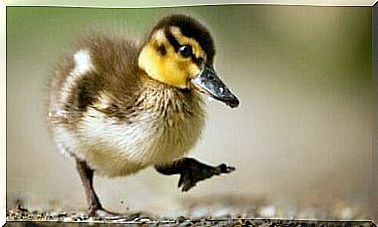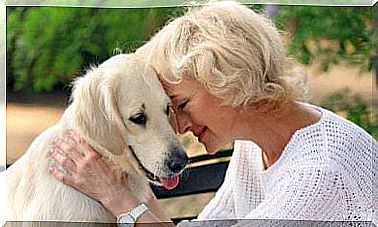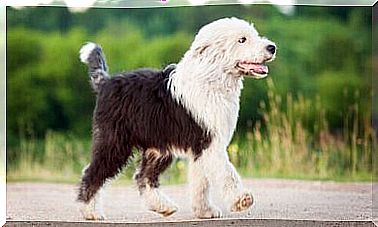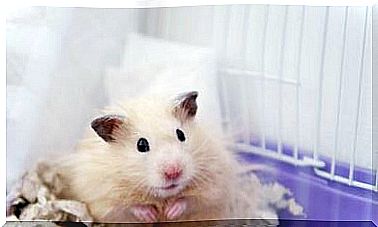Let’s Discover Together 5 Species Of Wasps
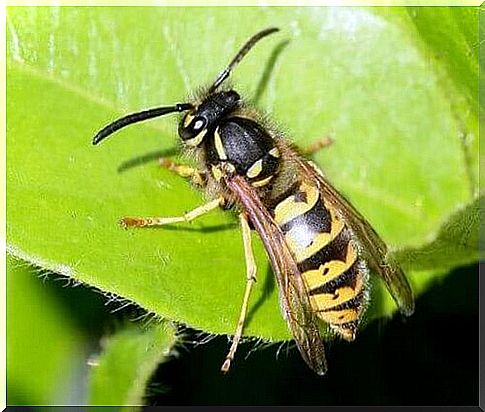
Wasps are feared because of their reputation as “murderers”, as they can sting the same prey several times, which their close relatives, the bees, do not.
In nature we can find different species of wasps, and in this article we will tell you about 5 of them.
How many species of wasps are there?
Within the Vespidae family there are two groups: that of the vespules and that of the wasps. The first includes 23 species and the second a total of 24. Therefore, there are almost 50 types of wasps. The best known are:
1. Common wasp
Its scientific name is vespula vulgaris, and it is an insect native to Eurasia, but which was introduced due to the name in New Zealand and Australia.
The common wasp – in the photo that opens this article – measures between 12 and 17 mm (the queen measures 20 mm), and its body has yellow and black stripes on the lower abdomen. The top is black with yellowish spots. There are almost no differences between males and females.
2. Asian hornet
It is also called the killer wasp due to the fact that it is the most aggressive of the wasp species. It feeds on other insects, including gurgling, butterflies, bees and ants.

The Asian hornet has an almost completely black body, with the exception of the edges of the legs, wings and thin lines on the tail, which are yellow. He lives in the north of India and extends into the mountains of China, and arrived in Europe after traveling as a “stowaway” in a ship.
This foray into France and Spain – where it is considered an invasive species – has been harmful to both wasps and local bees.
3. Vespula germanica
This hymenoptera is of Mediterranean origin and nowadays it can be found north of Africa, throughout Europe, in temperate areas of Asia, South America, North America, New Zealand and Australia. It is considered a plague in many countries in the southern hemisphere.
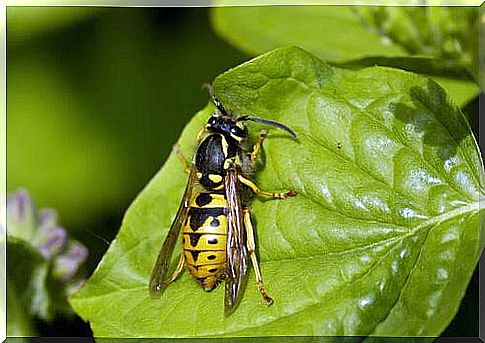
The Germanic vespula has yellow legs, black antennae and a body with yellow and black stripes. Its sting inoculates a very toxic poison, which in people can cause itching and even anaphylactic shock.
In addition, to catch its prey it bites them, due to the fact that its jaw is powerful enough to grind without problems.
4. Polistes dominula
Also considered a plague in various countries due to its negative impact on agriculture, it is a species native to Eurasia and North Africa, which was subsequently introduced to North America, South America and Australia.
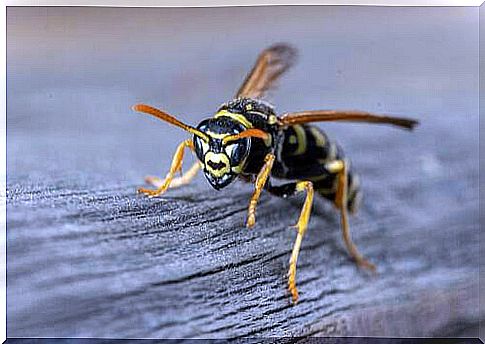
The Polistes dominula builds its nest on the roofs of buildings, under stones or among trees. As an adult it feeds on ripe fruit, but the larvae eat carrion and insects. It attacks only when its nest is in danger or in self-defense. It can sting a person who is wearing a very strong scent or making sudden movements near her.
5. Types of wasps: the hornet
The last of the wasp species on this list draws attention for its large size: the queen can reach 35 mm, although the workers are smaller like the rest of the family.
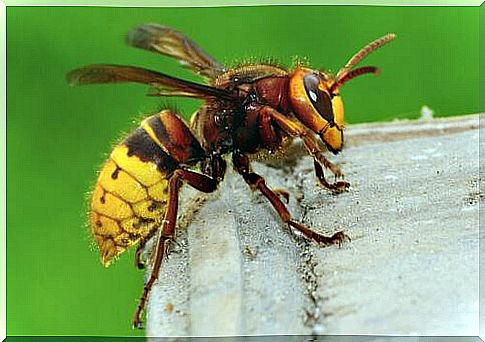
The hornet has reddish wings, a chestnut-colored abdomen with yellow and orange lines and the antennae have 12 segments in females and one more in males. It lives in Asia and Europe, but it can also be found in North America, where it is known as the European hornet.
Although he prefers escape to attack, when he stings he does so to defend himself or his nest. It is necessary not to move the crawl space to avoid being stung. Unlike bees, the hornet aims to defend the nest at all costs, and they can even die if it is set on fire.
